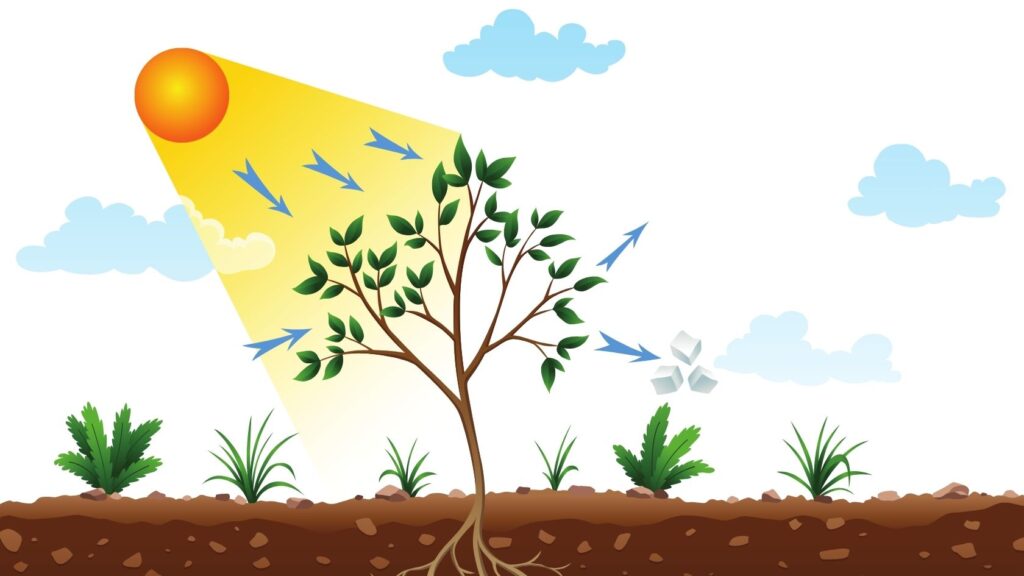What is Photosynthesis?

While it’s common knowledge to water plants to help them grow, sunlight is also an important part of a plant’s growth, and that’s because of Photosynthesis. But what is photosynthesis? This is the process where plants transform sunlight into their own version of food.
However, that’s not the only thing they’re producing. During this process, they also help create the oxygen that we breathe and glucose, a type of sugar that plants need to grow food.
The Process of Photosynthesis
Photosynthesis begins in the plant leaves, specifically inside a plant’s cells, where organelles or structures called chloroplasts reside. The reason why plants often have green leaves is because of their green pigments.
There are two main parts to this food-making process.
- First is the Light-Dependent Reaction, where the plant absorbs sunlight and then uses that energy to split the water into oxygen, which then gets released into the air.
- The second part is the Calvin Cycle, or the Light-Independent Reaction, where the plant takes the carbon dioxide from the air and transforms it into glucose.
Summary
- Photosynthesis is when plants use sunlight to create their food, which also helps the plants release oxygen.
- It has two parts: Light-Dependent Reaction, which produces oxygen, and Light-Independent Reaction, which produces glucose.
—–
So, the next time someone asks you, “What is photosynthesis,” you know the answer. Keep it up, young genius!
Need more help in Science? Got assignments to finish? Let us help you excel in school. Ask your questions here and our team will try to answer them and share more information with you.